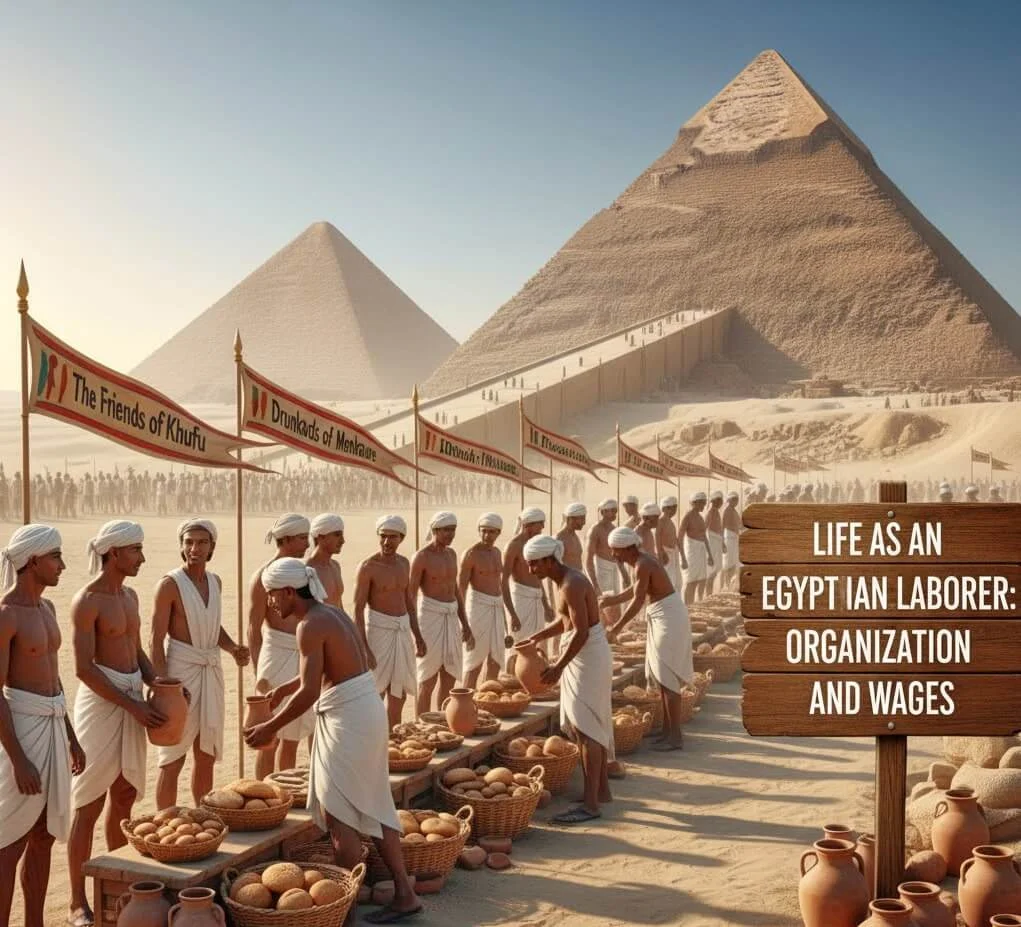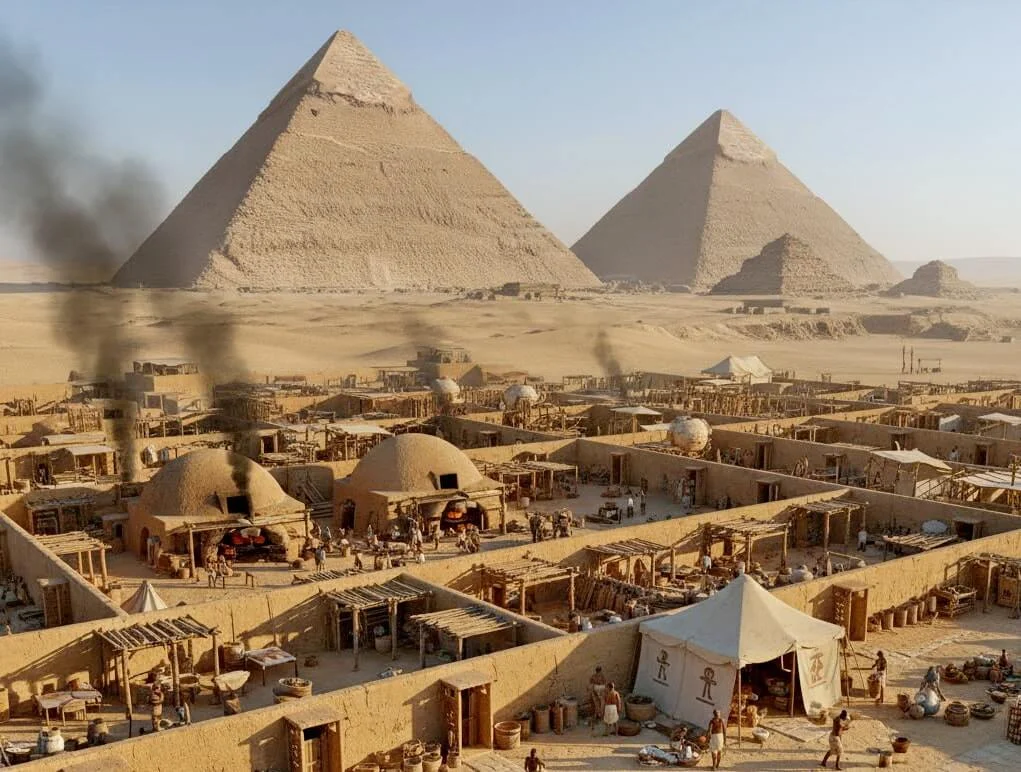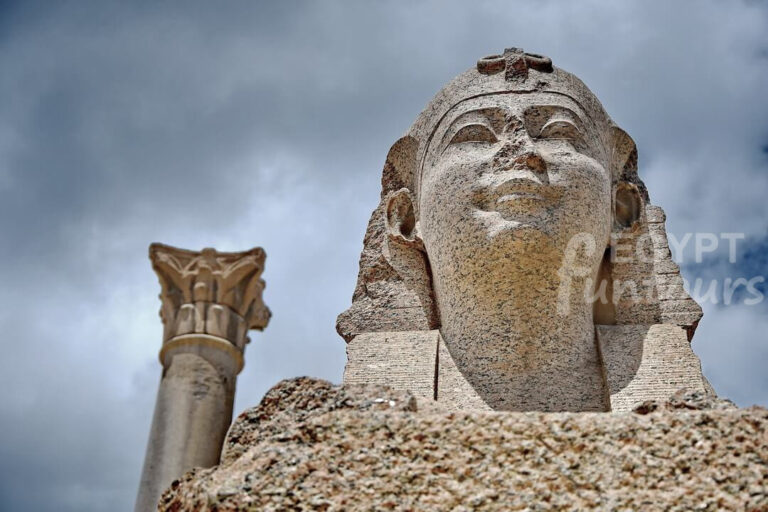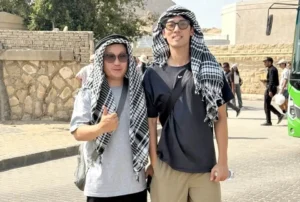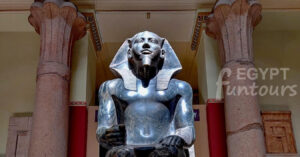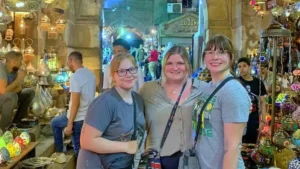For centuries, the image of slaves hauling massive stones under the crack of a whip has dominated our imagination. Movies and stories have cemented this idea. But is it true? Who built the pyramids? The answer is far more fascinating than the myth.
Archaeological evidence and historical records paint a very different picture. The pyramids weren’t built by slaves. They were built by skilled Egyptian citizens.
Did Slaves Build the Pyramids? Debunking a Common Myth
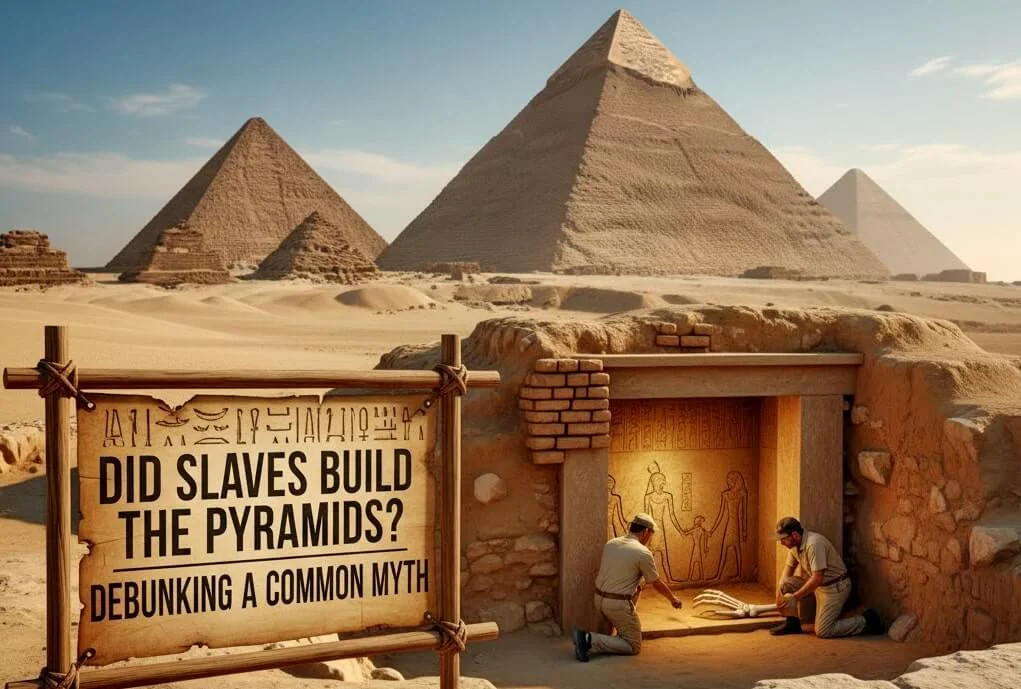
Let’s clear this up immediately: Historical evidence does not support the idea that slaves built the Giza pyramids. The ancient Greek historian Herodotus likely started this popular myth when he wrote about the pyramids thousands of years after their construction. Hollywood later sensationalized this story.
So, where is the proof?
Archaeologists have discovered tombs right next to the pyramids. These tombs belonged to the pyramid builders. In ancient Egypt, burial with such honor near the pharaoh was a privilege. Slaves would never have received this honor. The skeletons found show that these ancient Egyptian laborers ate well and received medical care.



